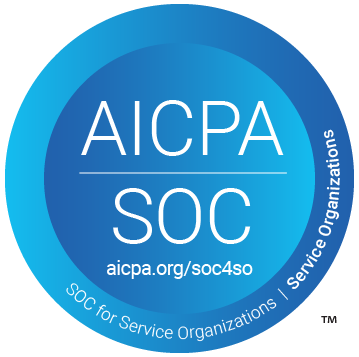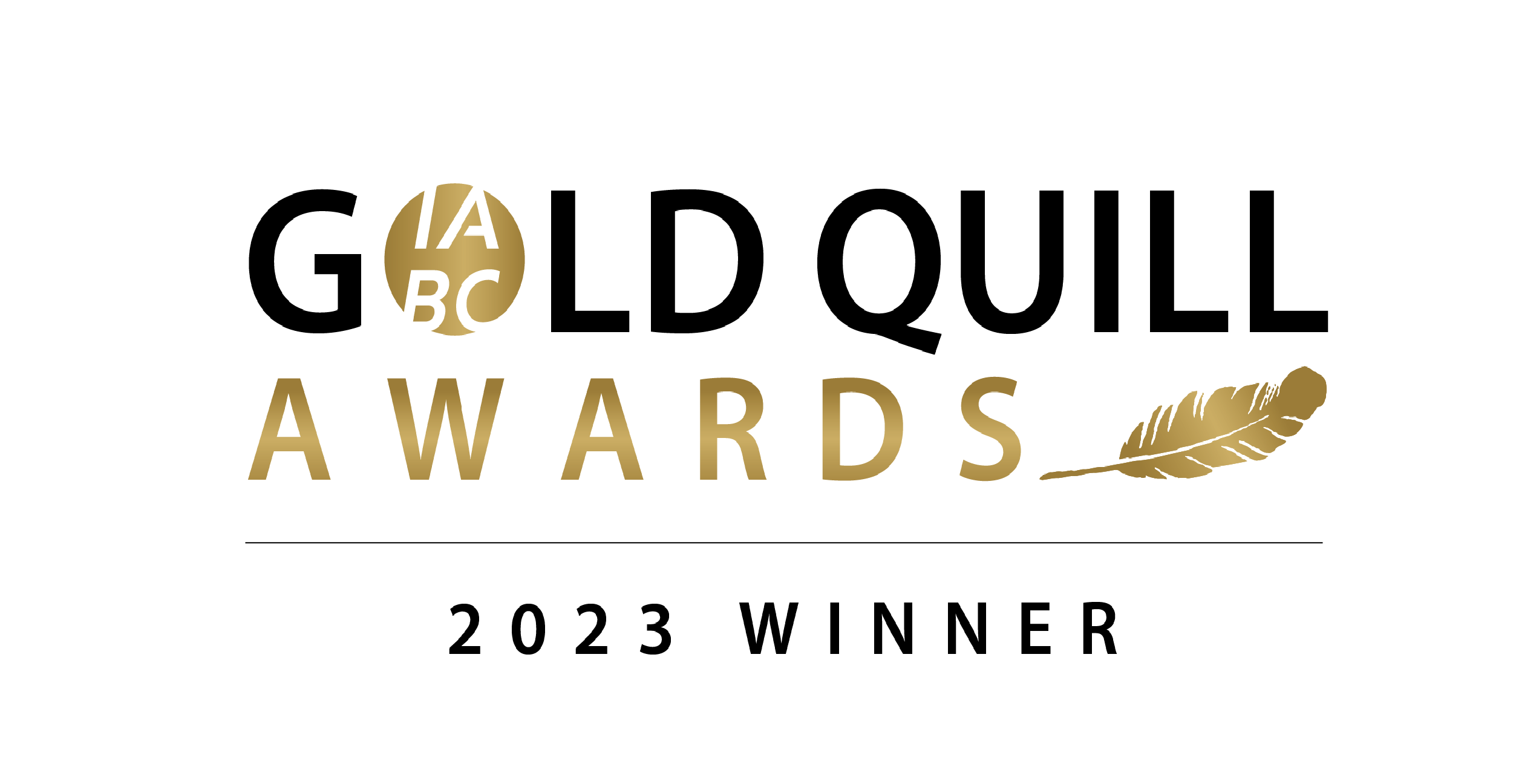**Companies depend on Human Resources professionals to help recruit and retain top talent. Make sure you develop a communication strategy that covers three key areas to help you succeed.**
## Total Rewards
Clearly explain to employees what they’ll receive from your company in return for their skills, experience and commitment. Employees need to know what’s in it for them — their total rewards package, which includes:
* **Financial rewards** — pay and bonuses
* **Benefits** — health, income protection and savings plans
* **Paid time off** — holidays and leaves
* **Career** development and learning opportunities
* **Other** programs and resources
When you effectively communicate the value of [pay, benefits and perks,](https://www.roberthalf.com/blog/compensation-and-benefits/10-top-perks-and-benefits-that-win-employees-over) you go a long way toward finding and keeping people.
## Company Goals
Your HR department should promote your company’s goals and how employees can help achieve them. With good communication, you can **connect the dots** between their individual contributions and the company’s success.
Communicate information about your company’s performance management and [reward and recognition programs](https://www.surveymonkey.com/curiosity/employee-recognition-and-retention/?zd_source=hrt&zd_campaign=5503&zd_term=chiradeepbasumallick). These programs will help align people with your company goals.
## Company Culture
Make sure your HR communication strategy reflects your company culture — **the shared values, attitudes and behaviors** you want to reinforce.
Your communication team should clearly and consistently [promote your culture to employees and what it means for them](https://www.iabc.com/corporate-culture-commchat-recap/). Use a variety of communication channels to reach everyone. You want to create a positive, high-performing environment where employees feel respected and supported.
Internal Communication
Why HR Communication Is Important
Feb 22, 2021


